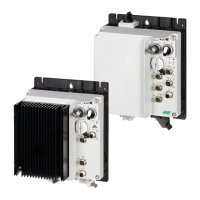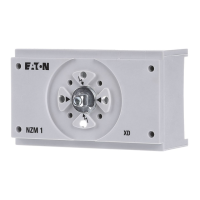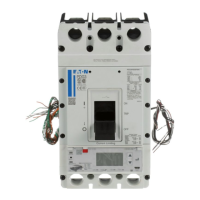9 Communication
9.2 EtherNet / IP
218 Rapid Link 5 · RAMO5 · RASP5 05/20 MN034004EN www.eaton.com
9.2.11 General information regarding the EtherNet/IP and CIP protocols
The EtherNet/IP protocol uses the CIP (Common Industrial Protocol) protocol
for data transmission.
It supports the following types of communication:
• 0x01 Identity
• 0x02 Message router
• 0x04 Assembly
• 0x06 Connection manager
• 0x0F Parameters
• 0x44 Modbus
• 0x45 Modbus serial
• 0xF4 Port
• 0xF5 TCP/IP
• 0xF6 Ethernet link
The EtherNet/IP protocol provides access to the module’s data via standard
services (CIP object classes) and manufacturer-specific object classes (VSC
object classes, VSC = vendor-specific class). CIP object classes contain, for
example, basic information concerning the device (device name, manufactu-
rer, etc), as well as access to cyclic input/output data.
Standard CIP object classes
The following standard EtherNet/IP classes are supported in accordance with
the CIP Specification:
Class Object name Description
01 (0x01) Identity object Information about the device, such as the manufacturer,
device model, etc.
02 (0x02) Message Router Object Communication interface that can be used to generate
requests for all of the device's classes and instances
04 (0x04) Assembly Object A collection of multiple data creating a data object in a data
field. A typical application is using them to group all cyclic
input or output data.
06 (0x06) Connection manager object Used to manage internal resources for I/O and explicit
messaging connections
244 (0xF4) Port Object Device port description
245 (0xF5) TCP/IP interface object Information regarding the TCP/IP interface’s settings
246 (0xF6) Ethernet link object Status information for an Ethernet 802.3 interface

